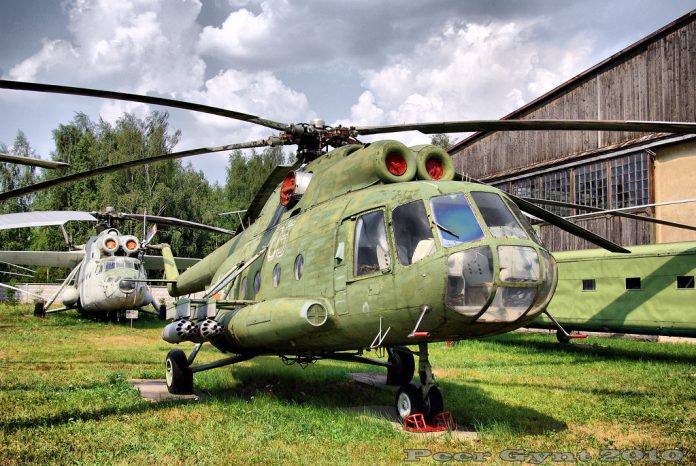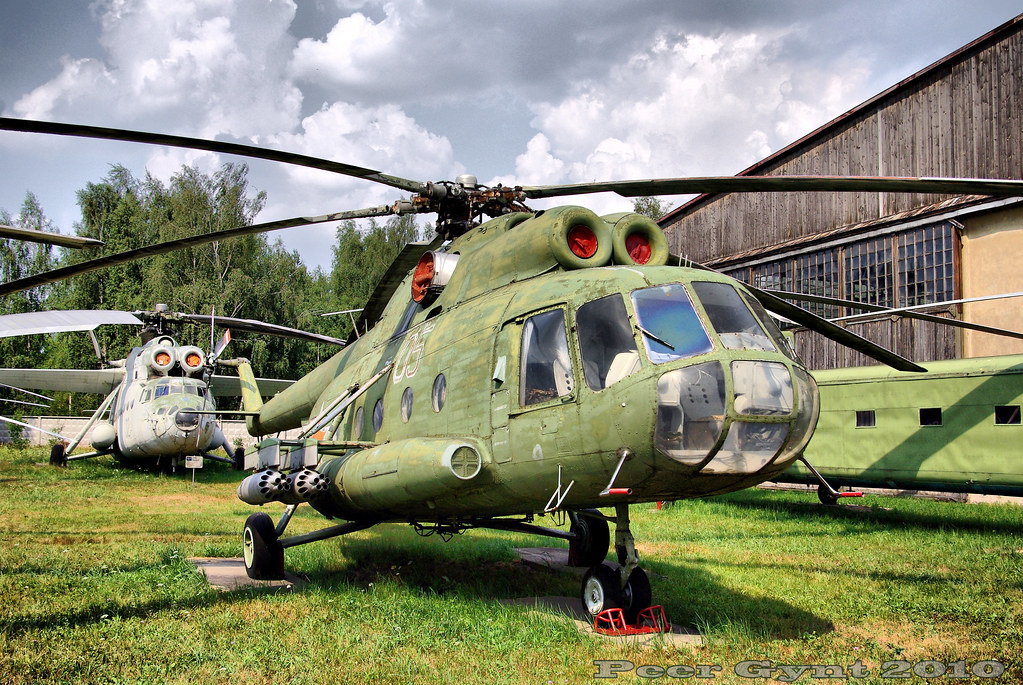
Can a $500 drone actually take down a $10 million military helicopter? In Ukraine’s war of attrition against Russia, the question has gone from theoretical to reality on the battlefield. The recent shoot-down of a Russian Mi-8 cargo helicopter by a Ukrainian first-person-view (FPV) drone has made clear a revolution in modern warfare where small, cheap unmanned vehicles are turning conventional airpower strategy on its head.
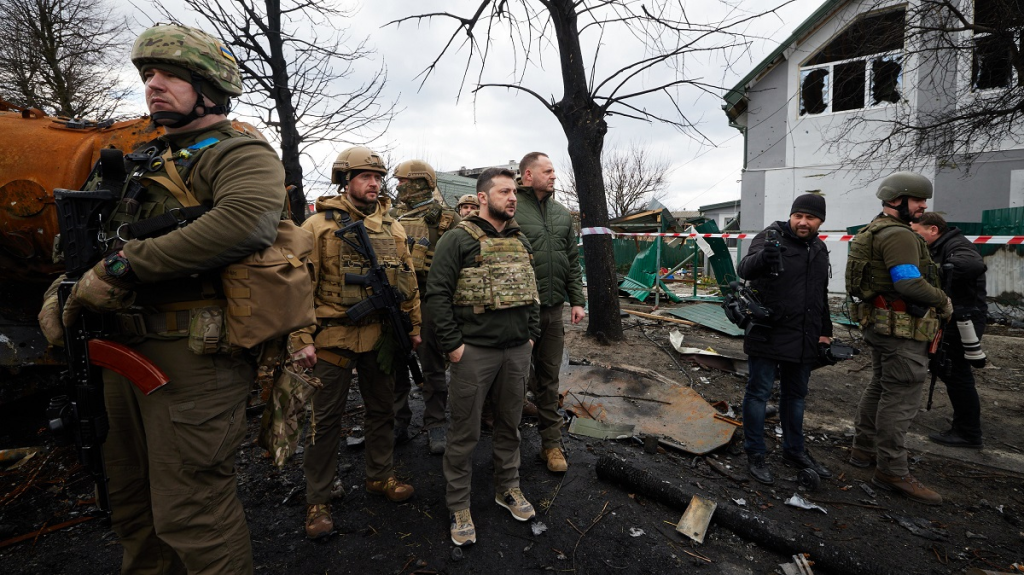
This episode, attested to by video and admitted by Ukrainian forces and pro-Russian military bloggers alike, is more than just a tactical victory. It’s an object lesson in how drones are rewriting the book on rotary-wing operations, compelling both sides to rethink the way they employ, defend against, and counter helicopters at the front lines.
Based on combat reports, expert commentary, and Ukrainian and Russian tactic evolution, seven significant trends stand out to demonstrate how drone warfare is transforming the skies over Ukraine.
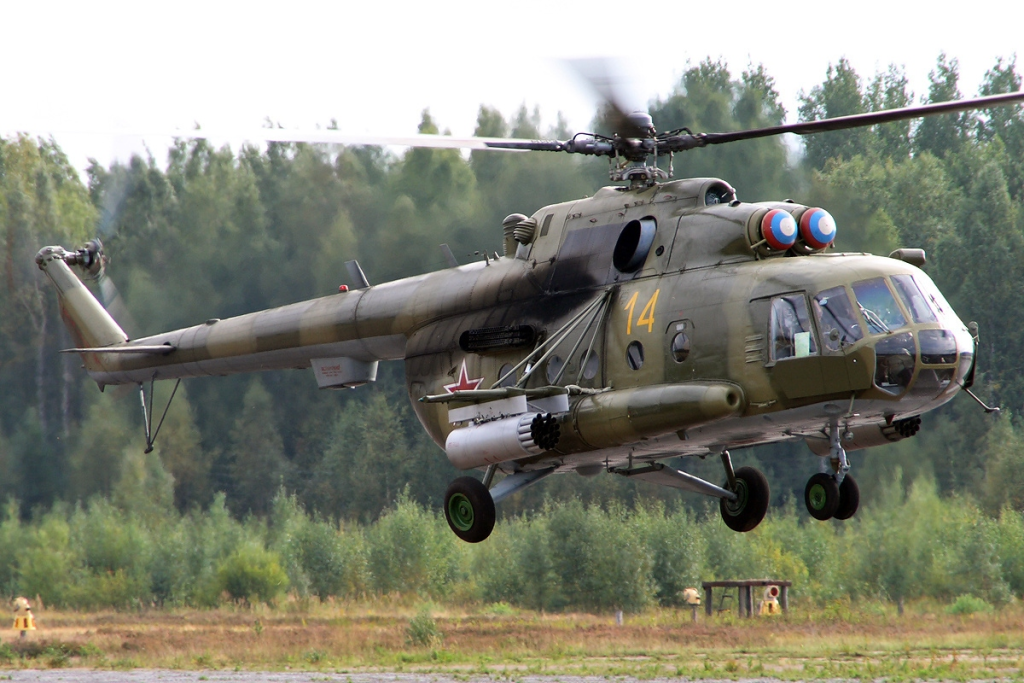
1. The Kotliarivka FPV Kill
On September 29, east of Kotliarivka in Donetsk’s Pokrovsk district, a Ukrainian 59th Brigade drone operator targeted a Russian Mi-8 flying low in tandem with a Ka-52. Onboard-camera video from the drone depicts a close-in, accurate approach to impact, followed by secondary footage of the burning helicopter at the impact site. Militarnyi observed that “flying in first-person view mode, the FPV drone pilot executes extremely precise maneuvers at low level, raising the chances of hitting exposed components of the helicopter.” Pro-Russian bloggers acknowledged that Mi-8 was destroyed, emphasizing the exposure of even well-protected airframes when out in the open.
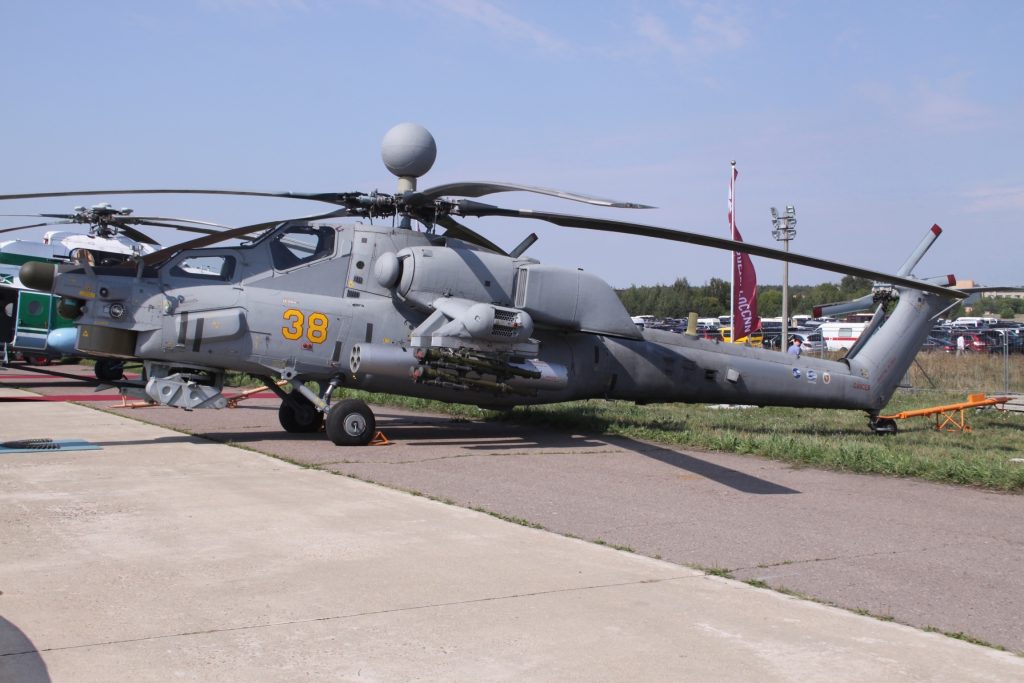
2. From Misreport to Confirmation
Early reports by Major Robert Brovdi, Commander of Ukraine’s Forces of Unmanned Systems, identified the target as a Mi-28 attack helicopter. Subsequent examination of the footage later indicated that it was actually a Mi-8 an all-purpose Soviet-era transport platform that can ferry 24 troops or multiple tons of supplies. The erratum serves to illustrate the fog of war and speed with which information on the battlefield moves through official channels, social media, and independent tracking networks such as Oryx.
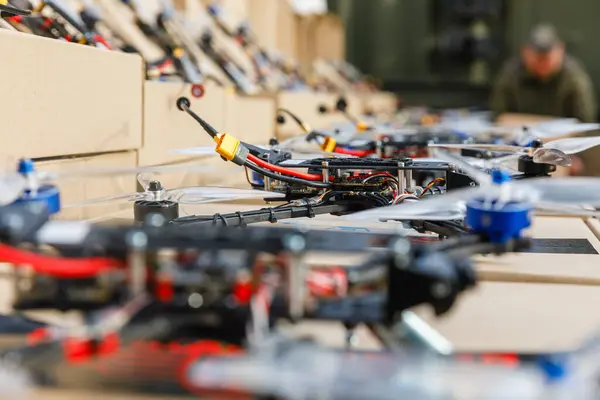
3. FPV Drones as Equalizers
Ukraine’s FPV drones, priced between $200 and $1,000, have become generic platforms for strike, reconnaissance, and relay missions. As CSIS’s Kateryna Bondar described, they can be equipped with a camera, a bomb, or an AI-powered module for autonomous flight and target identification. SBU’s Special Operations Center “A” has already destroyed both Mi-28 and Mi-8 helicopters in flight using FPV drones, demonstrating that small unmanned systems can take out high-value assets presumed immune to such attacks.
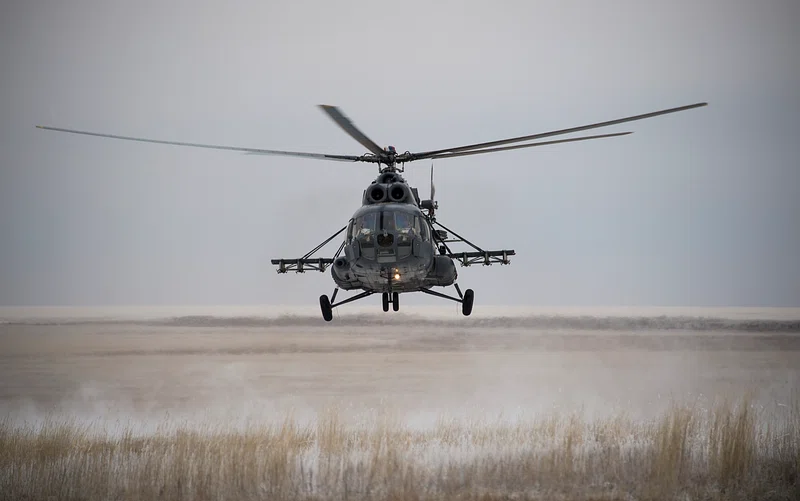
4. Helicopter Tactics under Stress
Ukraine’s Army Aviation Brigade Lieutenant Colonel Roman Bilobriukhov observed that FPV drones have “frozen the use of many types of vehicles, including helicopters.” Russian crews now steer clear of flying near the front, knowing that interceptors match or beat the Mi-8’s 225 km/h cruising speed. Ukraine’s own helicopter strategy has transitioned to low-altitude logistics sorties, pop-up rocket strikes, and even air defense missions versus Shahed drones all with the aim of reducing exposure to enemy unmanned systems.
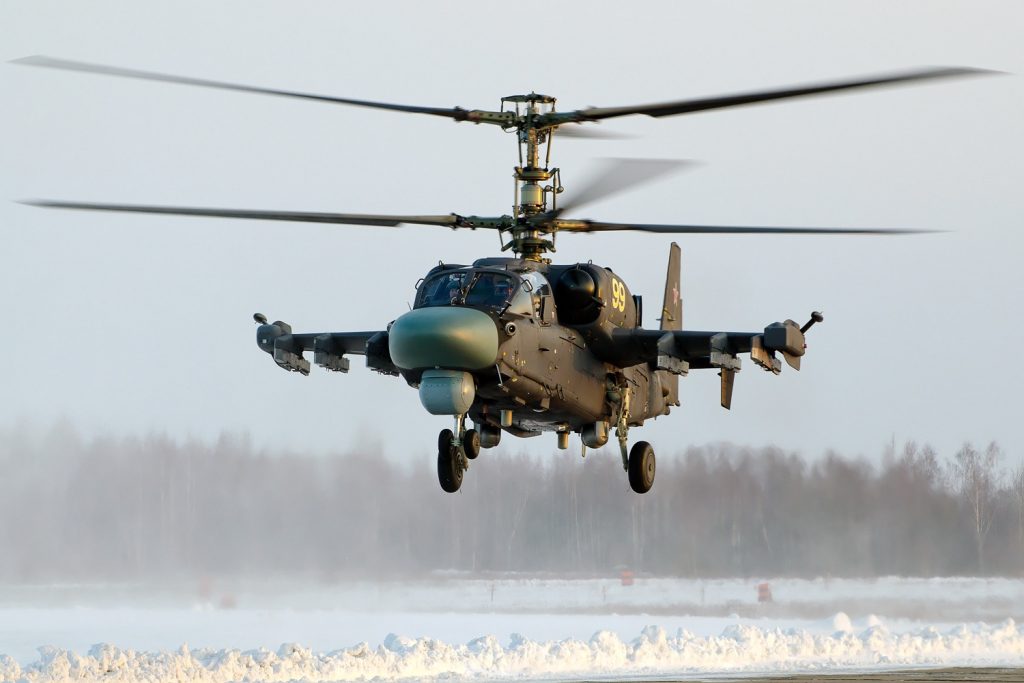
5. Russian Adaptations and Countermeasures
Russian Ka-52 Alligator troops, supported by Mi-28s and Mi-24s, have adapted by taking advantage of gaps in Ukrainian short-range air defense (SHORAD). Guy Plopsky informed The War Zone that Ka-52s increasingly engage armor at standoff ranges with Vikhr-1 and LMUR missiles, frequently under the cover of darkness. But as Declan Daly’s analysis demonstrates, Vikhr’s beam-riding guidance causes helicopters to hover for as long as 25 seconds, exposing them to longer-range Ukrainian SAMs something drones can take advantage of if warned in time.
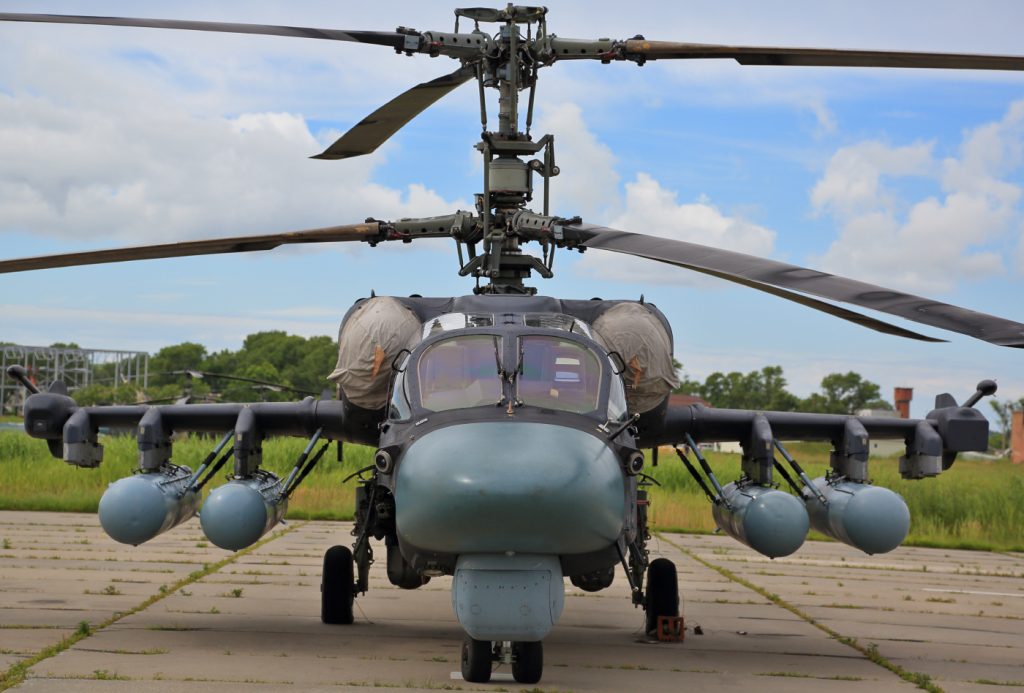
6. Lessons from Losses
Oryx data reports Russia has lost 159 helicopters, of which 64 are Ka-52s nearly 40% of its pre-conflict fleet. Ukraine’s own losses total 52 helicopters. These attrition rates demonstrate the ferocity of the anti-air environment, in which MANPADS, ATGMs, and drones blanket the battlespace. Daly cautions that “numbers matter” in maintaining defenses any lag in feeding counter-drone and air defense systems risks losing the initiative to adversary aviation.
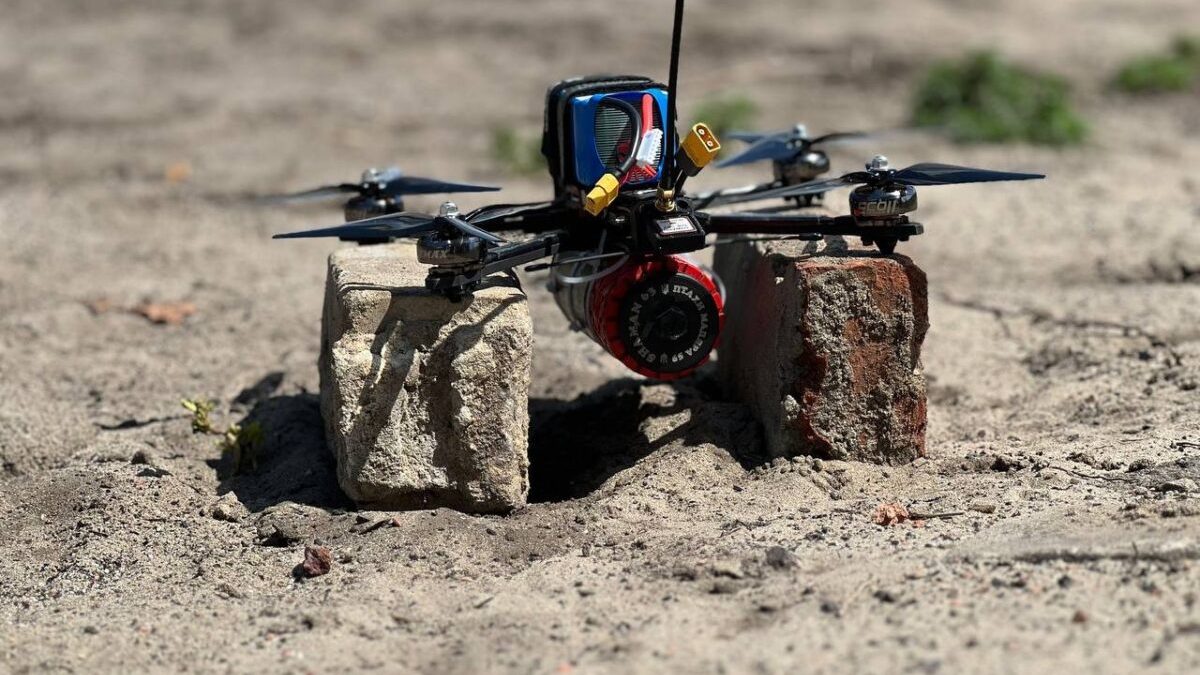
7. The Future: Helicopters With Drone Carrying Capability
Bilobriukhov has theorized that helicopters could become drone carriers, launching swarms of FPVs or interceptors from standoff distances. It is an idea reminiscent of Ukraine’s mothership drones, which drop clusters of FPVs over objective areas. If made a reality, it could combine the mobility and payload of rotary-wing aircraft with the precision and expendability of unmanned systems, revolutionizing combined-arms aviation in high-threat environments.
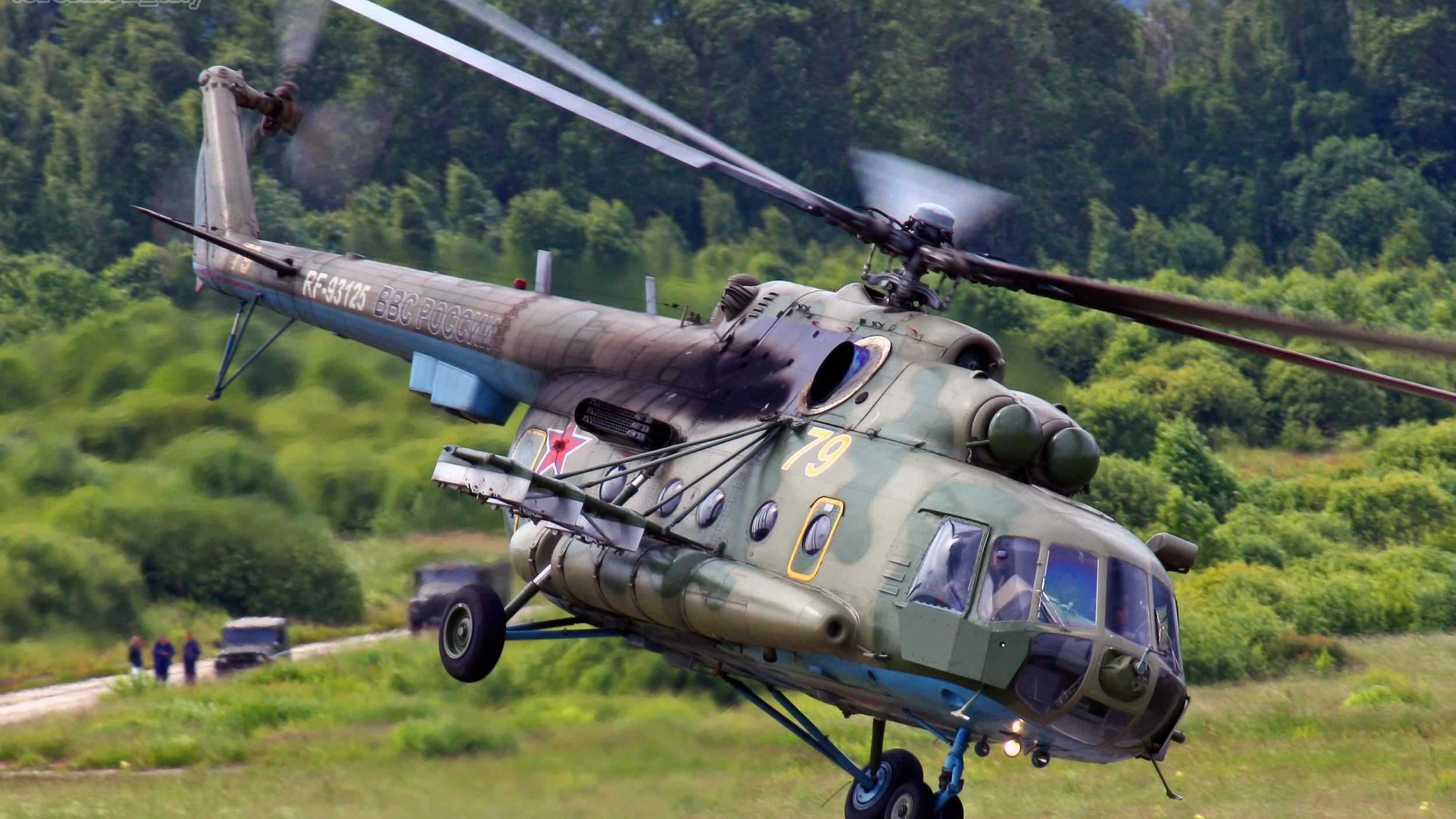
The shootdown of the Mi-8 at Kotliarivka is more than a war story it’s a snapshot of something broader. In Ukraine, drones aren’t simply instruments, but strategic players, controlling where and how helicopters can maneuver. As both sides have been developing tactics and technology at unprecedented rates, the distinction between airpower and unmanned systems grows increasingly hazy and the next breathtaking strike could happen on a platform no larger than a backpack.
